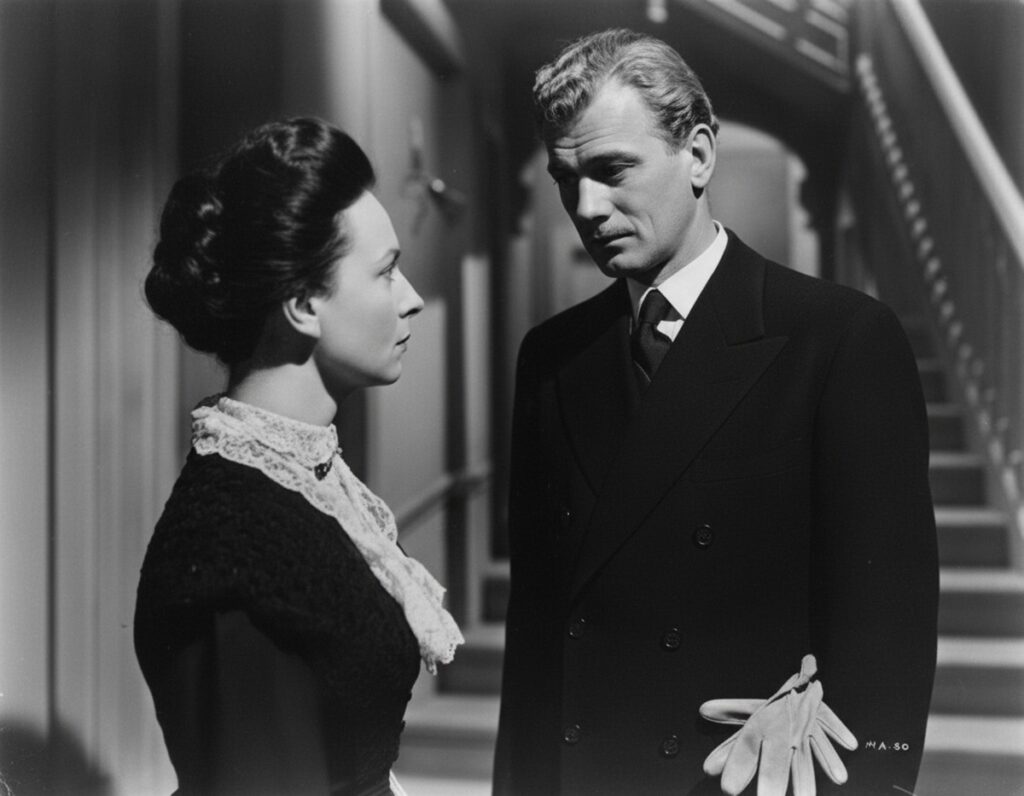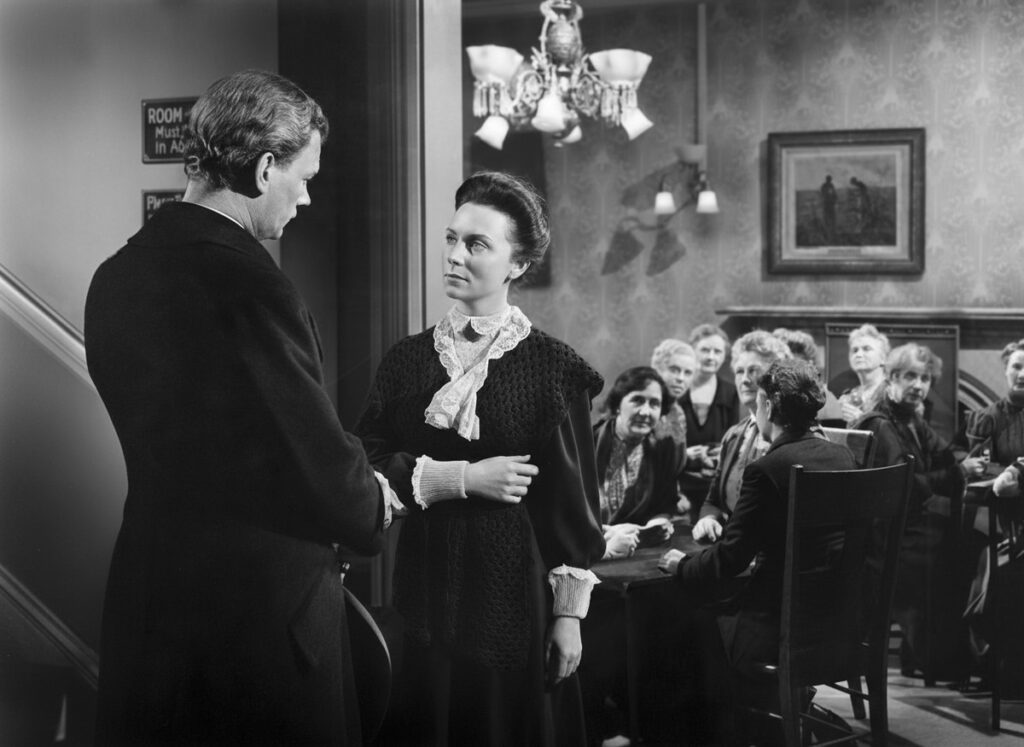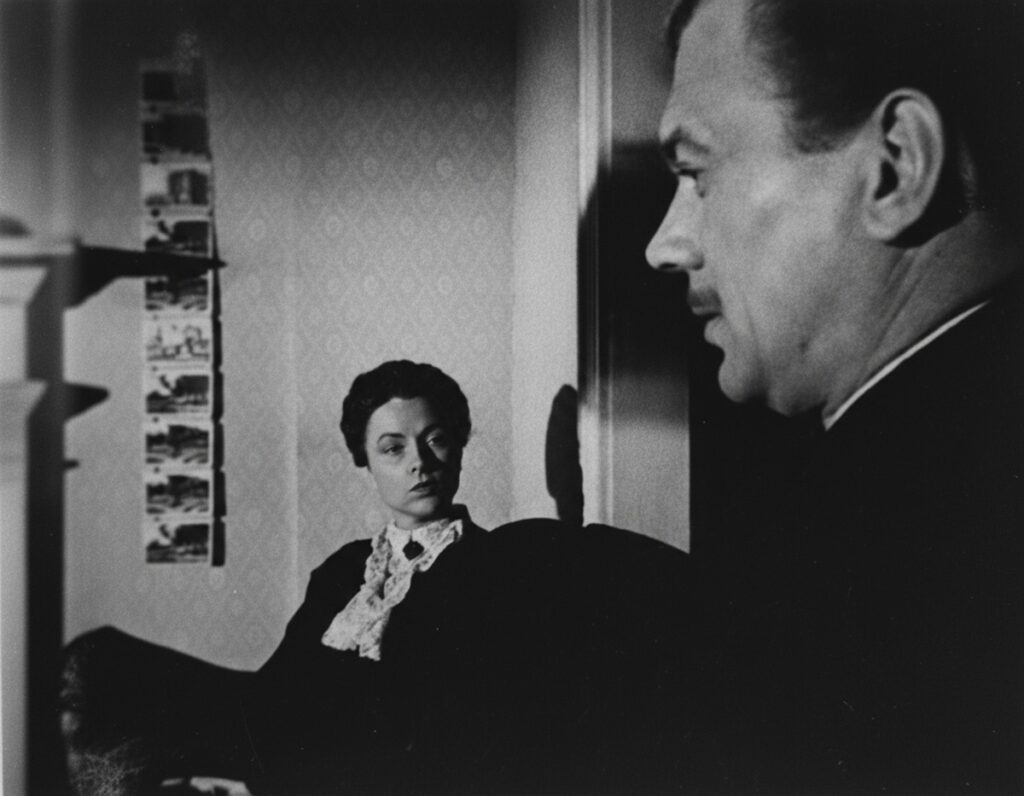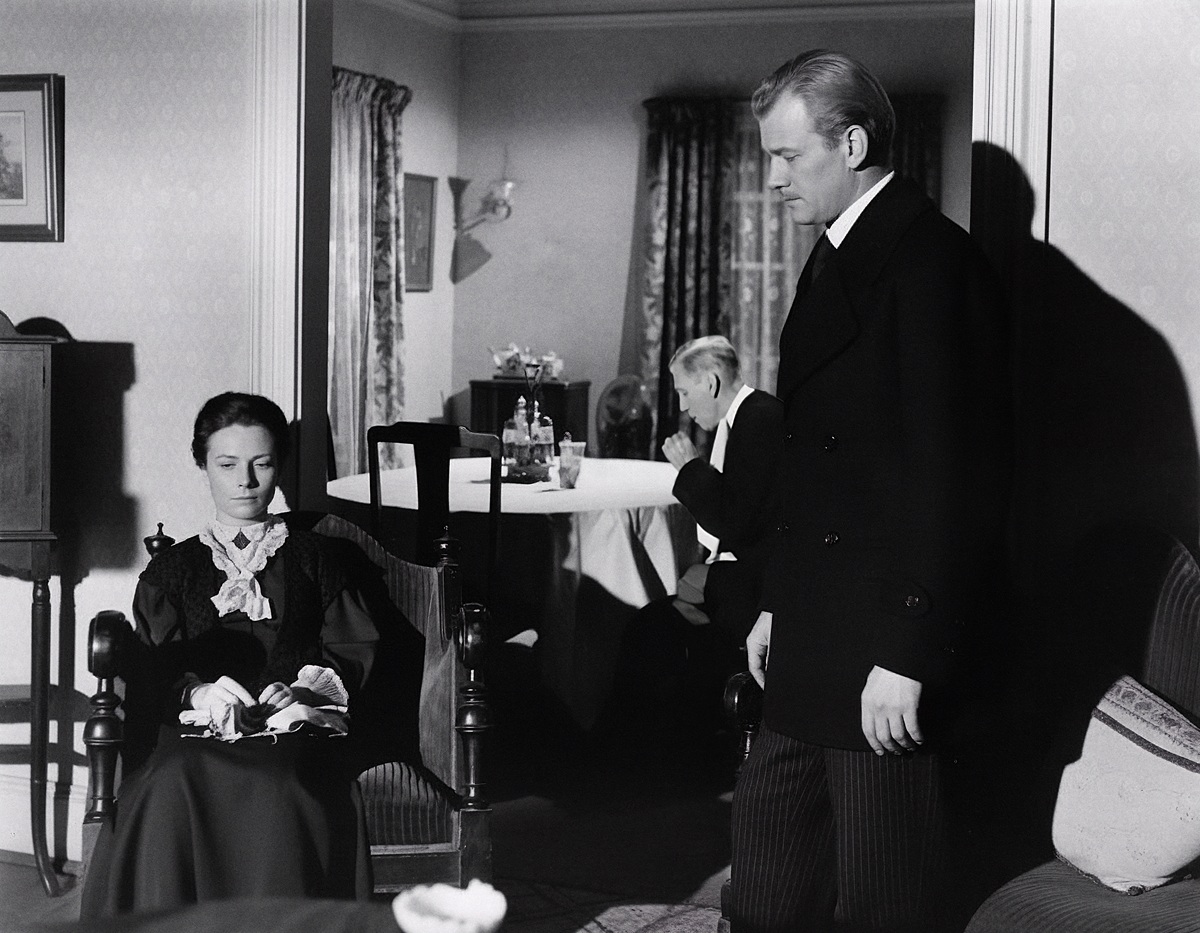Fable Studio has been pioneering AI filmmaking and now it has found a great use for it: enabling a longtime fan to restore the missing 43 minutes of Orson Welles’ 1942 film The Magnificent Ambersons.
Welles was the cinematic auteur who created Citizen Kane, a renowned film that won an Oscar for Best Picture in 1942. But Welles moved on from that to The Magnificent Ambersons, which had a big budget but went off the rails with cost overruns.
The studio, RKO, wrested control from Welles and edited it down, throwing out much of the film’s dark side about American aristocracy. It also put on a happy ending. Welles complained they destroyed the film and him, and it ended his career in Hollywood.
“They basically just gutted everything depressing and destroyed the meaning of the movie,” he said.

The Ambersons were cast as glamorous in the studio’s film, and there was nothing of their downfall which was more like the second hour of the Welles film.
Efforts have surfaced the script and other details for the film, and Fable has assembled them into an AI model that can be used by superfan Brian Rose to restore the lost 43 minutes. On top of that, it will make the AI available to enable fans to create their own versions of the completed film.
Edward Saatchi, CEO of Fable, said in an interview with GamesBeat that the restored film and technology to make it will be donated to film schools for educational purposes and to enable live-action AI modeling.
“We’re going to partner with [Rose] who has been reconstructing it, and we’re going to use AI to reconstruct the 43 minutes and then donate the model to film schools, so that it becomes a kind of playable experience,” Saatchi said.

The project aims to make movies playable, allowing users to create their own scenes and stories. Saatchi is revealing details about the project at the Venice Film Festival today, and he hopes the work can help shift attitudes from anti-AI to pro-AI. And he has noticed a greater presence of AI film at the Venice event.
“There’s AI everywhere. People are curious about it. A lot of the directors have said that they’ve used it already,” Saatchi said.
Saatchi noted that the irony is that the film addresses tech’s destructive power — a central part of the film’s plot.
“The cool thing about the movie is that it’s all about the destructive power of technology, in this case, the automobile,” Saatchi said. “So to use AI to bring it back together has a certain irony, but it’s an irony that’s also baked into the movie, because the whole film is about how the automobile ruins the wealthy Amersons family.”
It’s not so different from today’s discussion about the threat of AI to humans.
The tech will also allow Fable to start making live action, letting users play movies and play shows so that they can generate new live-action scenes, Saatchi said.
“Letting it be playable by the film students, I think, is cool. And then it also unlocks the playable live action side so that people can start to make and generate, making movies more modable, like how games have mods and you can make your own stories,” said Saatchi.
In the recent past, Fable’s Showrunner AI tech enabled fans to create cartoons based on South Park and other animations. But now the tech is able to handle live-action movies.
A restoration project

To do the restoration work, Fable collaborated with Brian Rose, a fan who spent five years creating 3D versions of the sets and 30,000 frames of the film. The animation of the set and the original characters enables AI to take those animations and execute the script in an animation that can be captured as film. The tech includes face swapping and de-aging.
Asked when he dreamed up this project, Saatchi said, “I’ve thought about doing it since I was 10 years old because I love Orson Welles. I always thought one day there’s going to be a technology that will allow this. It’s the holy grail of cinema.”
He noted Rose’s work has enabled a full understanding of the film assets and how they could be used to restore the lost minutes. The film is based on a book by Booth Tarkington. But the work was difficult as the studio reportedly melted down Welles’ work in Brazil. But scholars never found it.

“Back in the studio, there were incredible notes on everything so we have a very clear sense of it, and we have what Brian created, which is an animated version of it for 43 minutes,” Saatchi said. “We have the script and we have the look of the characters.”
In the future, Fable aims to make movies and shows playable, like how video games allow users to remix and create their own stories.
Saatchi said the opportunity came from his long-standing interest in Welles and his focus on the AI tech that made this possible. He believes the project will make a significant contribution to film history and explore the ambivalence around tech, as show in the film.
Saatchi sees the potential of the project to lead to other work on historical firms as well as the chance to make playable horror films.
The work will take about 18 months to do. Once it’s done, Fable will donate the work and the model to film schools. With it, film students can create their own new scenes and stories.



